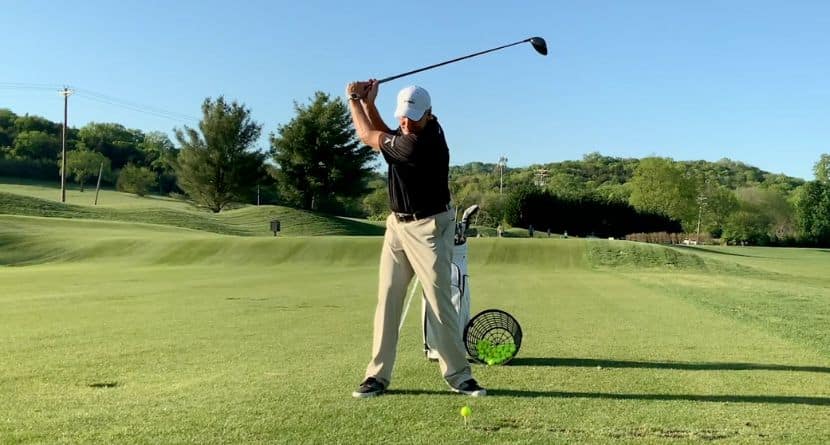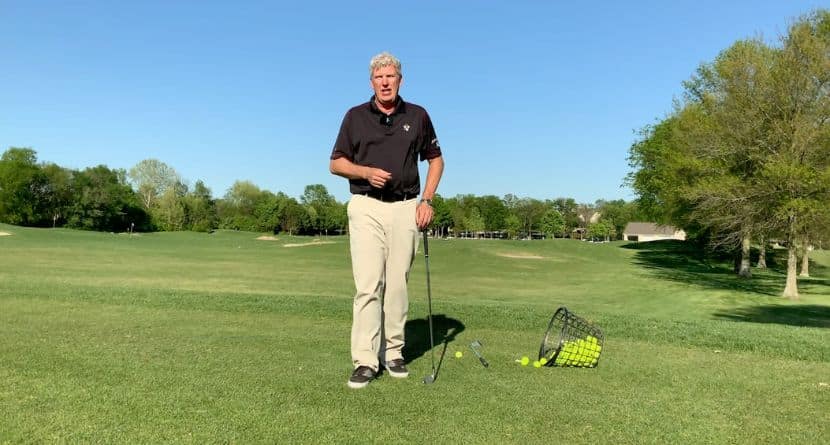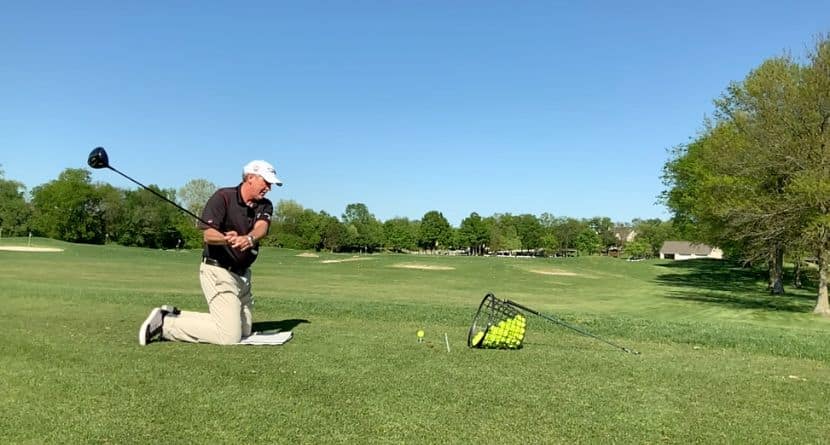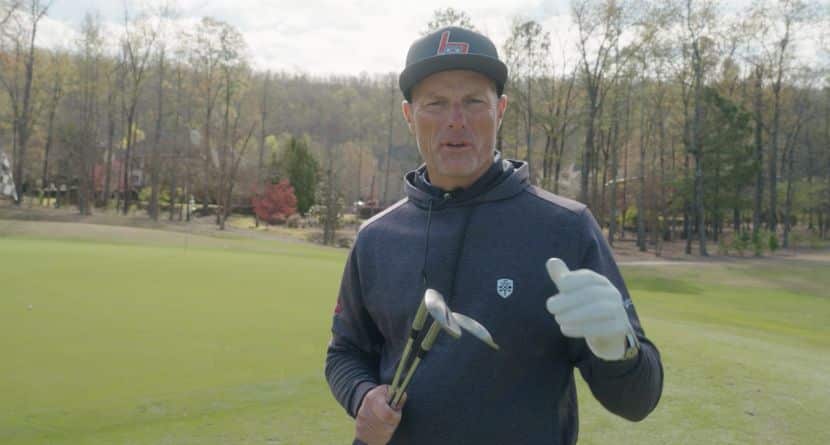Thomas Pieters nearly started his season with a big bird, instead settling for an eagle during the first round of the CIMB Classic.
With the ball above his feet, the Belgian stuffed his approach, nearly making a 2 on the par-5.
One of the great things about golf is how the course impacts all players, regardless of ability, to some degree. It does not matter if you are a touring pro or beginner, you will have to adjust your setup and swing to accommodate uneven lies.
Very similar to other issues we discuss in our instructional pieces, the ability to recognize and adjust to adverse lies is what separates players.
Learning to spot the potential pitfalls of sloping ground can help you take the next step in hitting better shots and lowering your scores. The biggest issue we see as instructors is high-to-mid handicap players applying a universal setup for all shots.
Watch the video of Thomas Pieters, and although the sloping fairway is hard to notice, we can see that he falls back after hitting his shot, allowing gravity to finally win the battle after he makes a great strike.
Here’s what he did to combat the uphill and sidehill lie.
The Setup
- Depending on the length of the shot, your iron or wood selection will determine the width of your stance. Generally, look to take a shoulder-width stance for stability.
- Position the ball slightly forward of center for optimal contact.
- Shift pressure to the lead leg and tilt the spine angle slightly away from the target. This will help keep us anchored into the slope but the proper spine tilt ensures a swing plane that produces the trajectory we need.
- Finally, add knee bend in the trail leg (right leg for right handed golfers). Doing this will put your hips at an angle that can match the slope you are standing on. Once you feel level, adjust your shoulders to match your hips.
- NOTE: avoid opening or closing your hips as you tilt them, this will alter the swing plane.
The Swing
- Focus on keeping the pressure on the lead side and even as you make a full upper body turn a quiet lower body will keep you centered over the ball. Watch Thomas make his backswing, he is very much over and on top of the ball. This will help him get through impact and avoid falling behind the ball and hitting a heavy shot or pulling it left.
- As you transition down and through the ball allow the chest to rotate freely. Many amateurs will stop their upper body at or before impact and as a result the arms release early. When this happens the club essentially becomes longer than it was at address and mishit is almost guaranteed.
- Tackling uneven lies is all about recognizing them before it’s too late, as most folks don’t realize it until after a horrible miss. So be sure to inspect the lie, do everything in your power to build a stance that is level to the slope, and swing with an even tempo.













